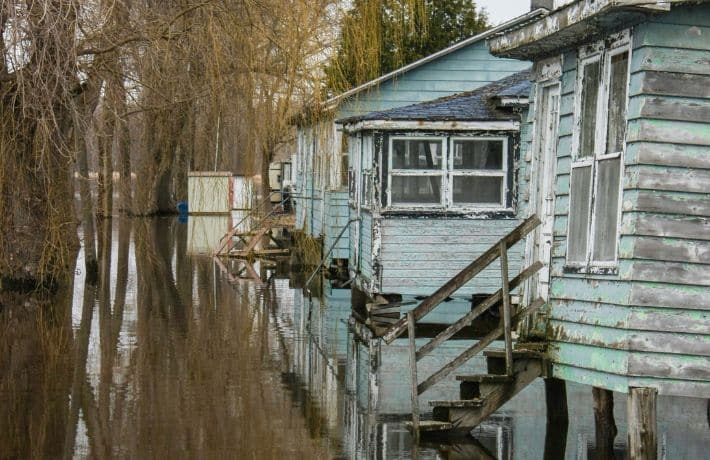New Ecosystem Service Value Updates for BCA Toolkit

FEMA has issued a new report providing details on an updated set of land cover categories and ecosystem service values for FEMA’s BCA Toolkit. Key changes to the FEMA’s 2016 ecosystem service values include an expansion in the number of land cover categories (from the existing 5 to 10), incorporation of many additional source studies for values associated with the new and existing land cover categories and removal of some source studies.
 The report includes more detailed guidance on how to interpret and use the land cover categories in the context of a mitigation project BCA, including hypothetical project examples. There’s also a section that provides step-by-step guidance on how to apply the ecosystem service values in FEMA’s BCA Toolkit for a mitigation action or project.
The report includes more detailed guidance on how to interpret and use the land cover categories in the context of a mitigation project BCA, including hypothetical project examples. There’s also a section that provides step-by-step guidance on how to apply the ecosystem service values in FEMA’s BCA Toolkit for a mitigation action or project.
Summary of Changes
Key updates in the ecosystem service value sets, in comparison with FEMA’s 2016 values, include:
- An increase in the number of land cover categories, from the current five to nine, including both modification of existing land cover categories and addition of new land cover categories:
- The Wetlands category has been broken out into Inland Wetlands and Coastal Wetlands.
- Marine and Estuary was removed as a category, and many of the source studies and associated values were incorporated into the Coastal Wetlands category.
- The Green Open Space category has been broken out into Urban Green Open Space and Rural Green Open Space.
- Coral Reefs, Shellfish Reefs, and Beaches and Dunes are new land cover categories.
- The Forest and Riparian categories remain unchanged.
- An increase in the number of source studies and ecosystem service values. Publications on ecosystem services have expanded rapidly in the past decade, with 30% of new studies globally being published in the U.S. In total, approximately 50 new source studies have been added compared with the 2016 values, forming the basis for more than 50 new or updated value estimates. Some source studies were also removed.
- A greater emphasis on values derived from meta-analyses. Meta-analyses are increasingly used to synthesize environmental literature and are a powerful tool that can produce customized value estimates where domestic valuation literature is scarce. For many combinations of land cover category and ecosystem service (see Appendices A–I), meta-analyses exist which can estimate multiple ecosystem services at once. In these cases, meta-analysis was relied upon to provide generalized value estimates that could be representative of ecosystems throughout the U.S. According to FEMA, this approach results in a more defensible and broadly applicable value for the BCA Toolkit, which uses the same set of ecosystem service values no matter where in the U.S. the mitigation project is located.
- All values have been adjusted for inflation to 2021 U.S. dollars, including values for which source studies were not added or removed.
The full set of land cover category-ecosystem service combinations is available in Table 5, on page 14 of the report.
The report concludes with detailed appendices with information on the 10 land cover categories, including the ecosystem service values associated with the category, project useful life (PUL) considerations for that land cover category, feasibility and effectiveness criteria for that land cover category, and mitigation project use cases that might involve that specific land cover category, including both conceptual and real examples.

